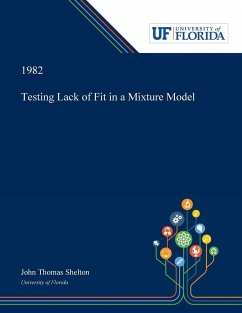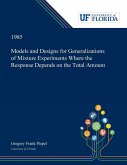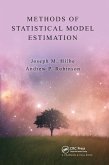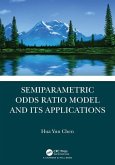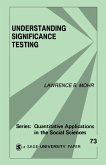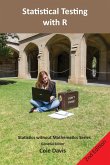Abstract: A common problem in modeling the response surface in most systems, and in particular in a mixture system, is that of detecting lack of fit, or inadequancy, of a fitted model of the form E(Y) = Xg, in comparison to a model of the form E{Y) = Xe,+ X B postulated as the true model. One method for detecting lack of fit involves comparing the value of the response observed at certain locations in the factor space, called "check points," with the value of the response that the fitted model predicts at these same check points. The observations at the check points are used only for testing lack of fit and are not used in fitting the model. It is shown that under the usual assumptions of independent and normally distributed errors, the lack of fit test statistic which uses the data at the check points is an F statistic. When no lack of fit is present the statistic possesses a central F distribution, but in general, in the presence of lack of fit, the statistic possesses a doubly noncentral F distribution. The power of this F test depends on the location of the check points in the factor space through its noncentrality parameters. A method of selecting check points that maximize the power of the test for lack of fit through their influence on the numerator noncentrality parameter is developed. A second method for detecting lack of fit relies on replicated response observations. The residual sum of squares from the fitted model is partitioned into a pure error variation component and into a lack of fit variation component. Lack of fit is detected if the lack of fit variation is large in comparison to the pure error variation. This method can be generalized when "near neighbor" observations must be substituted for replicates. In this case, the test statistic (assuming independent and normally distributed errors) has a central F distribution when the fitted model is adequate and a doubly noncentral F distribution under lack of fit. The arrangement of near neighbors is seen to affect the testing procedure and its power. Dissertation Discovery Company and University of Florida are dedicated to making scholarly works more discoverable and accessible throughout the world. This dissertation, "Testing Lack of Fit in a Mixture Model" by John Thomas Shelton, was obtained from University of Florida and is being sold with permission from the author. A digital copy of this work may also be found in the university's institutional repository, IR@UF. The content of this dissertation has not been altered in any way. We have altered the formatting in order to facilitate the ease of printing and reading of the dissertation.
Hinweis: Dieser Artikel kann nur an eine deutsche Lieferadresse ausgeliefert werden.
Hinweis: Dieser Artikel kann nur an eine deutsche Lieferadresse ausgeliefert werden.

